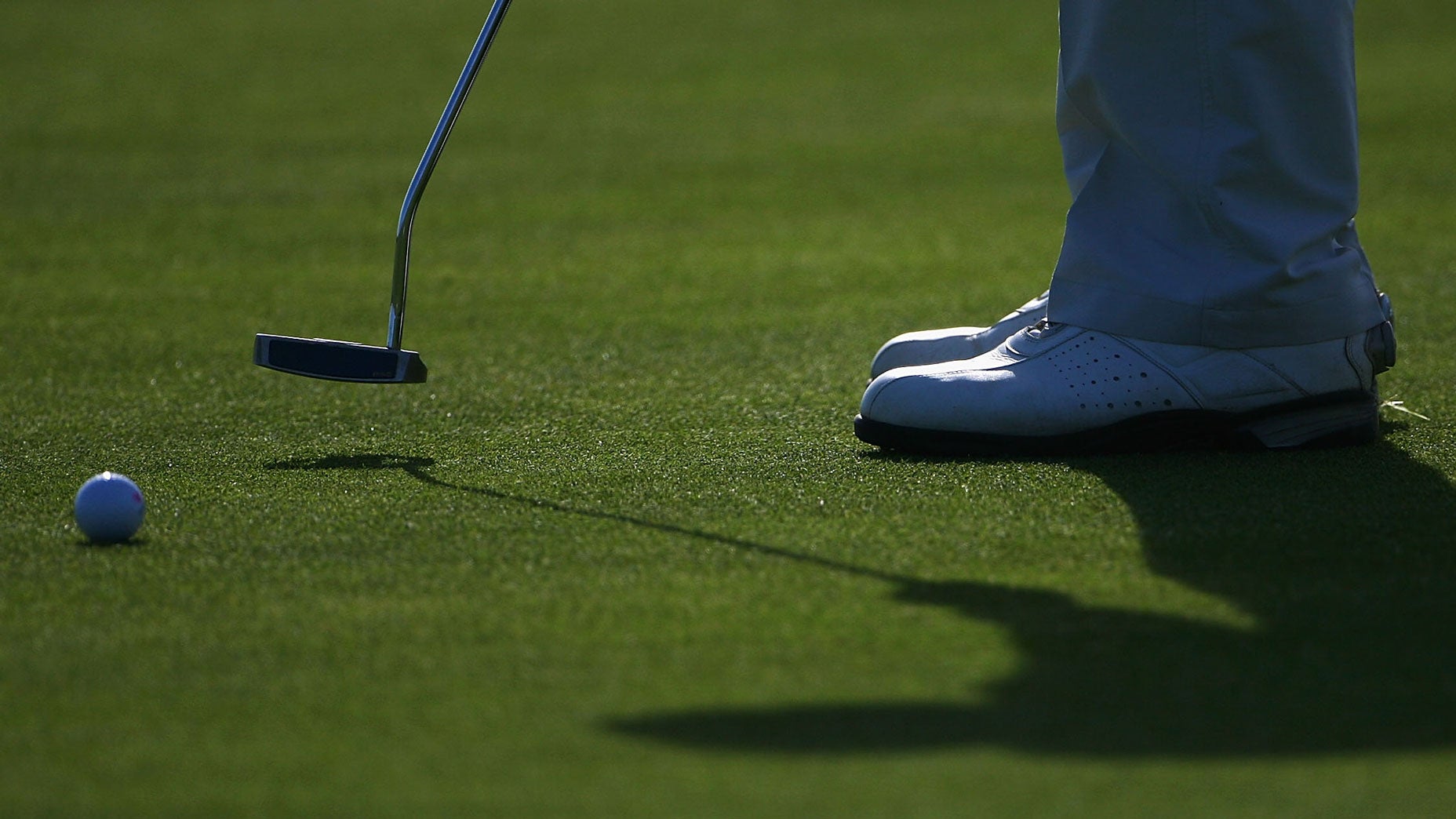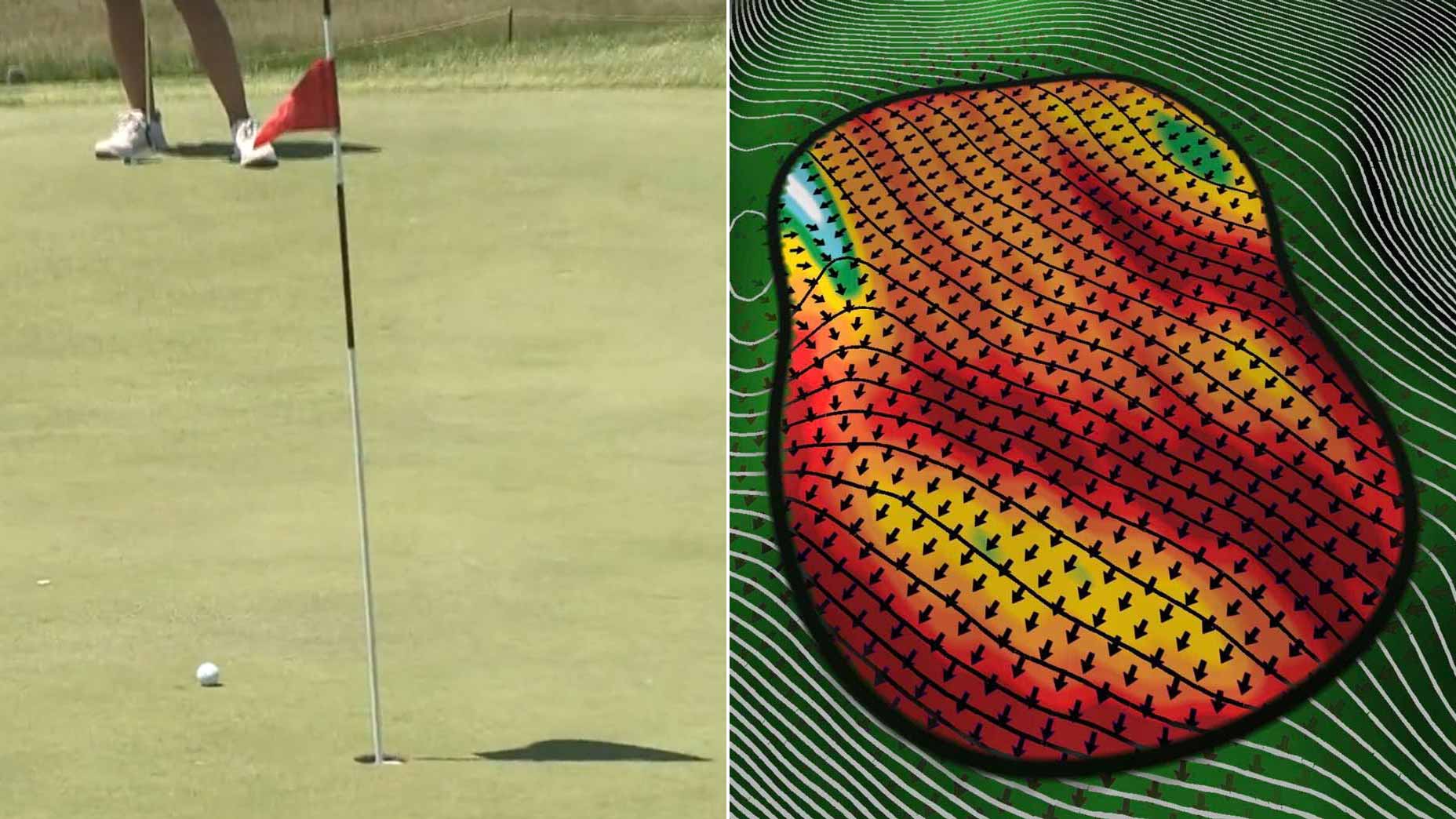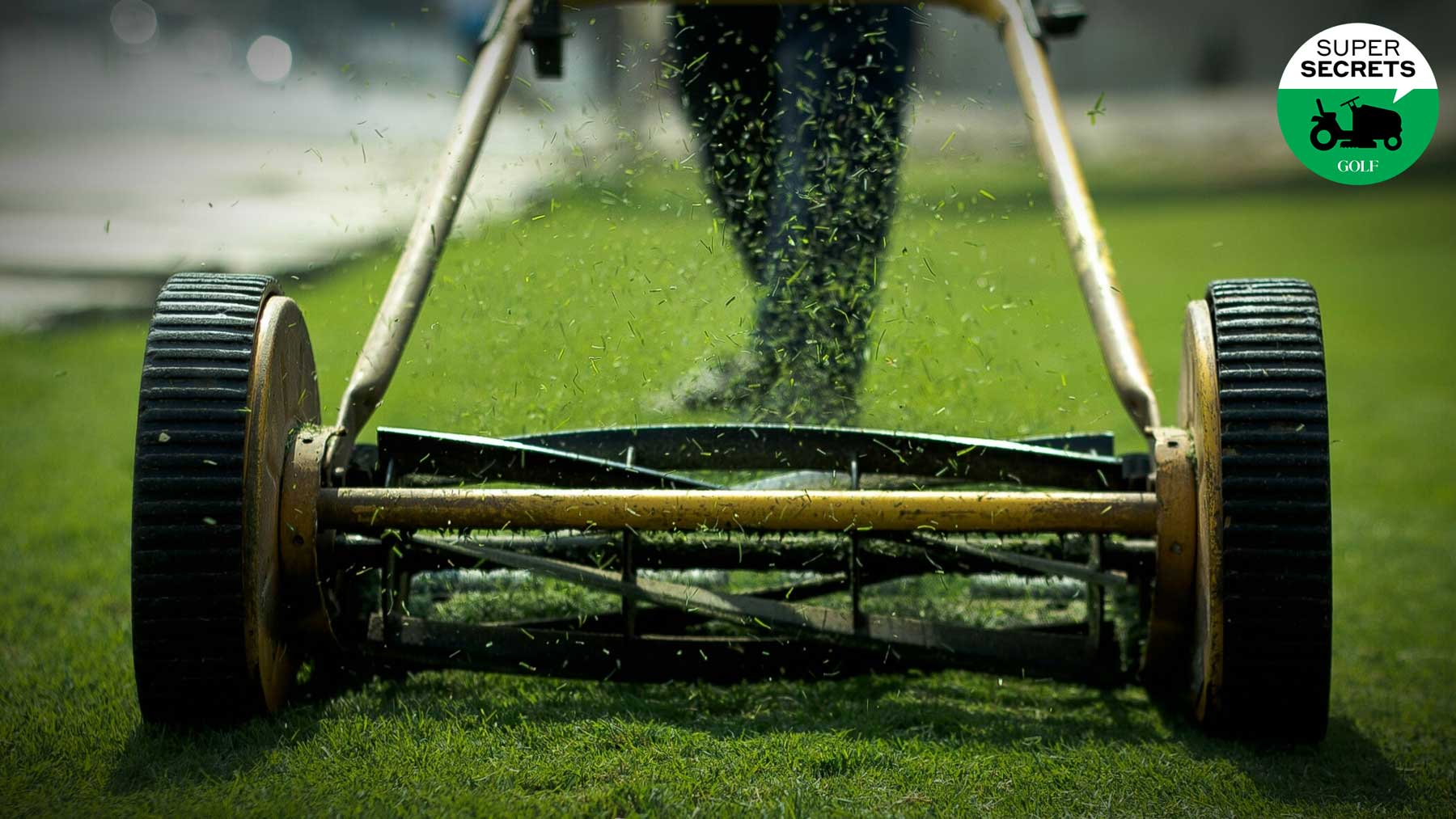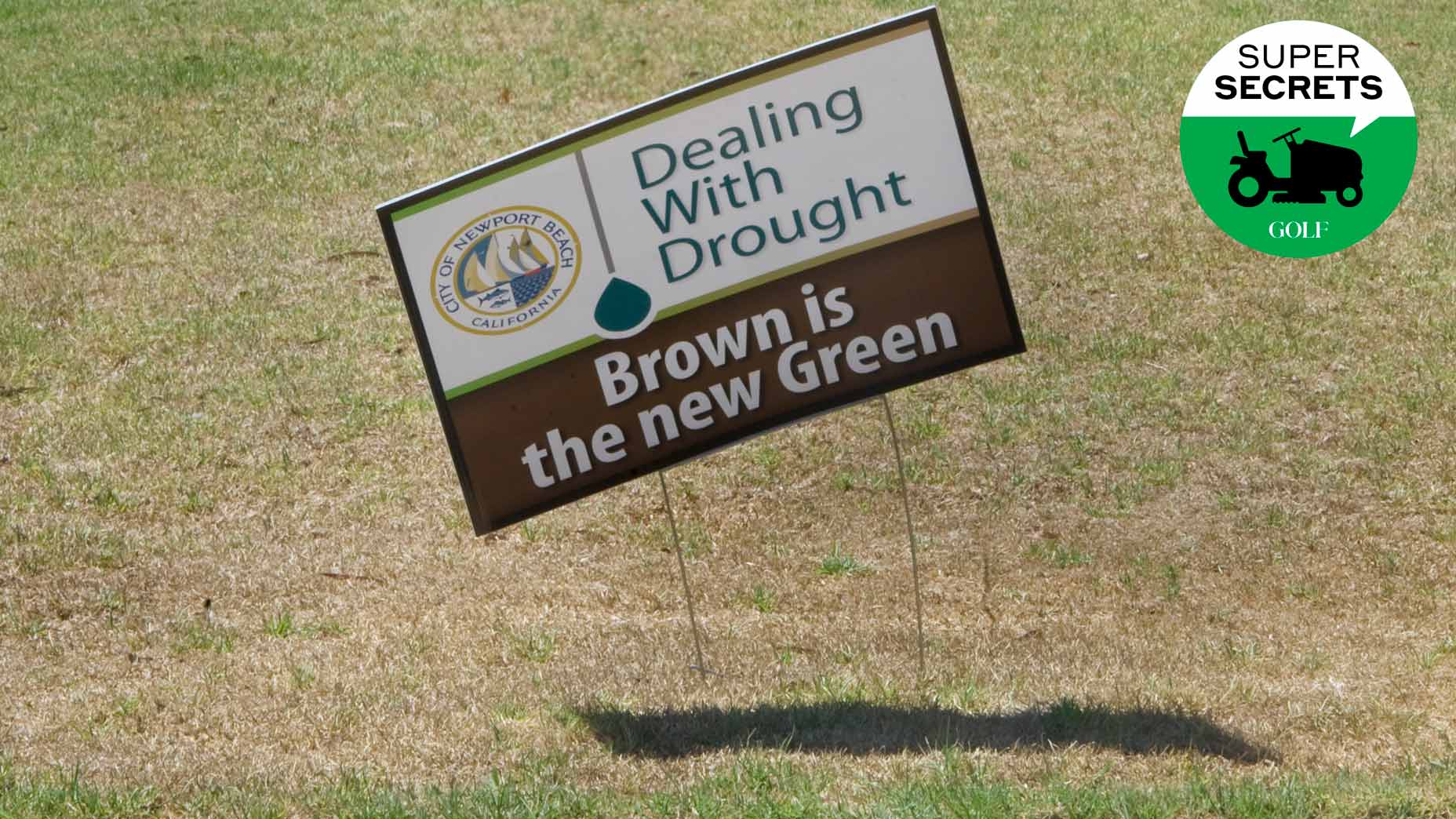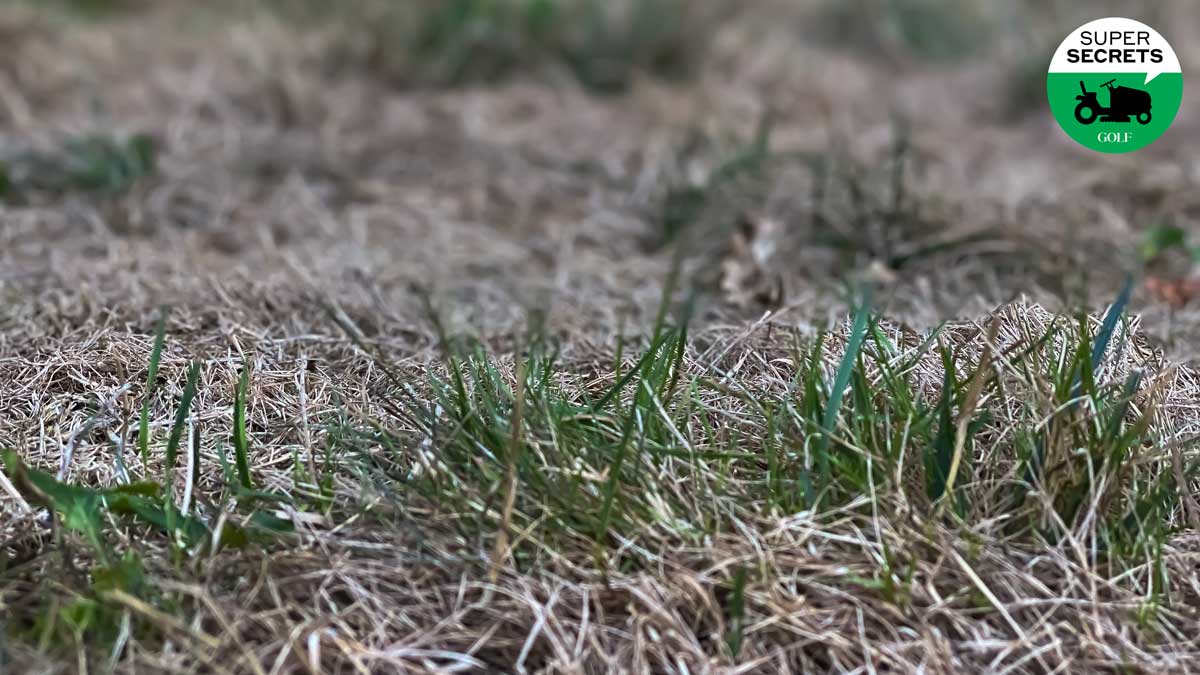Location, location, location.
The first rule of real estate is also relevant to superintendents, whose job involves deciding where to set the pins.
It’s an important choice, influencing everything in the golfer experience from the pace of play to the health of the greens.
But what, exactly, are the considerations?
Terry Buchen, a 51-year member of the Golf Course Superintendents Association of America and the former superintendent at Riviera Country Club, in Los Angeles, remains active in the business as a consultant.
We asked him for the hole story.
Where is fair?
There are no set rules, only recommendations.
This might be the hardest golf hole location you’ll ever seeBy: Nick Piastowski
In section 5E(1) of its Committee Procedures, the USGA offers general guidelines for competitions, including the suggestion that holes not be placed too close to the collar or on slopes where a ball will not come to rest. But those aren’t inscribed in the Rules of Golf. There is no such thing as an “illegal pin.”
An unfair pin? Sure. Those exist. But what qualifies as a reasonable hole location depends on a range of factors, such as the speed, firmness, and slope of a green as well as the skill of the player. Which means the proper place to cut a hole is mostly a matter of common sense.
The three-feet rule
In the absence of written rules, superintendents have commonly accepted practices. The consensus, Buchen says, is that you want to cut the hole on an area of the green where it’s relatively level, with three feet of flat ground around the pin. If you drop a ball from waist-height near the hole, it shouldn’t roll away.
Setting the hole on or at the edge of a steep slope is pretty much a no-no. A putt struck at the proper speed shouldn’t roll back to you. Or off the green. “You want people to be able to get the ball to stop around the hole,” Buchen says.
At what point does a sucker pin become just silly?
When Buchen was starting out, it was widely accepted that a hole should never be cut closer than five paces from the edge of the green with each pace measuring about a yard. Over time, that minimum shrank. Nowadays, Buchen says, you might see holes cut as close as four paces from the collar, depending on the course, the superintendent and the seriousness of the competition.
Mixing it up
Contrary to popular belief, most supers aren’t sadists trying to torment golfers with punishing hole locations. They strive for a balance of easy and difficult cups, cut in the front, center, back, left and right. Barring budgetary constraints, they also change their hole locations every day, so that regulars don’t get bored, the holes themselves don’t get dried out or misshapen, and no section of any green gets overly abused.
The tic-tac-toe method
Impossible pin location at 18 causes chaos at high school state championshipBy: Kevin Cunningham
Many pin sheets show three positions: front, back and center. But that’s not how every superintendent sees it, Buchen says. Many use a system inspired by tic-tac-toe, splitting each green into nine sections, which they rotate through from one day to the next. This is good for the turf (it distributes wear and tear).
It’s also good for golfers, Buchen says, because it prevents repetition. If you play on Tuesdays, say, you’re guaranteed not to get the same pins every week.
Keeping the hole round
The diameter of the hole is 4.25 inches, and — this just in! — the cups are meant to be a circle. Too bad golfers often knock them out of round by digging balls out with a putter, or failing to replace the flagstick properly, leaving it leaning in the hole.
Cutting new holes, filling old ones
While choosing a hole location is something of an art, cutting a new hole is more like a science: It requires good tools and sound technique. Buchen says that most supers sharpen their hole-cutters at least once a week to ensure clean edges.
As for plugging up an old hole, there’s a right and wrong way to do it. You must make sure that the grain of the grass on the plug aligns with the grain on the rest of the green or the turf won’t heal up seamlessly. You also need to ensure that the plug is level with the rest of the putting surface. Set it too deep, and you’ll be left with an indentation. Leave it too high, and the mowers will scalp it.
Properly filled, most old holes heal in a week to 10 days, Buchen says. At courses with big budgets, maintenance crews use water and divot-repair tools to help the plug blend in. You would have to inspect closely to know that a hole was ever there.

